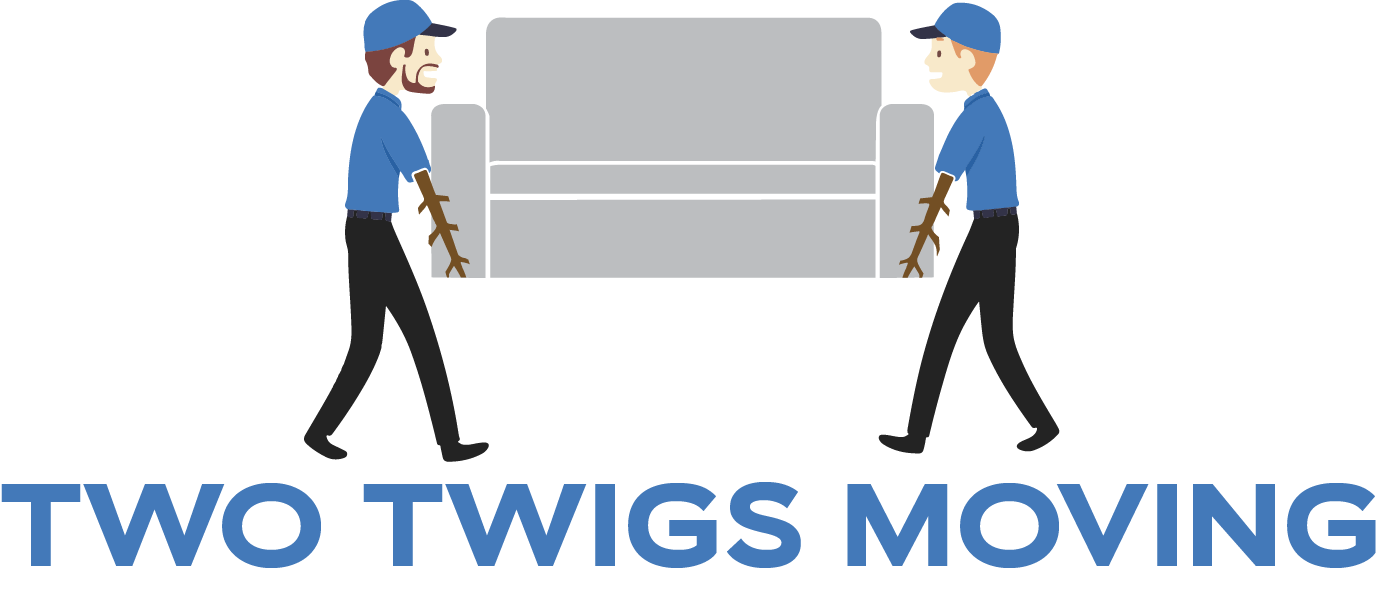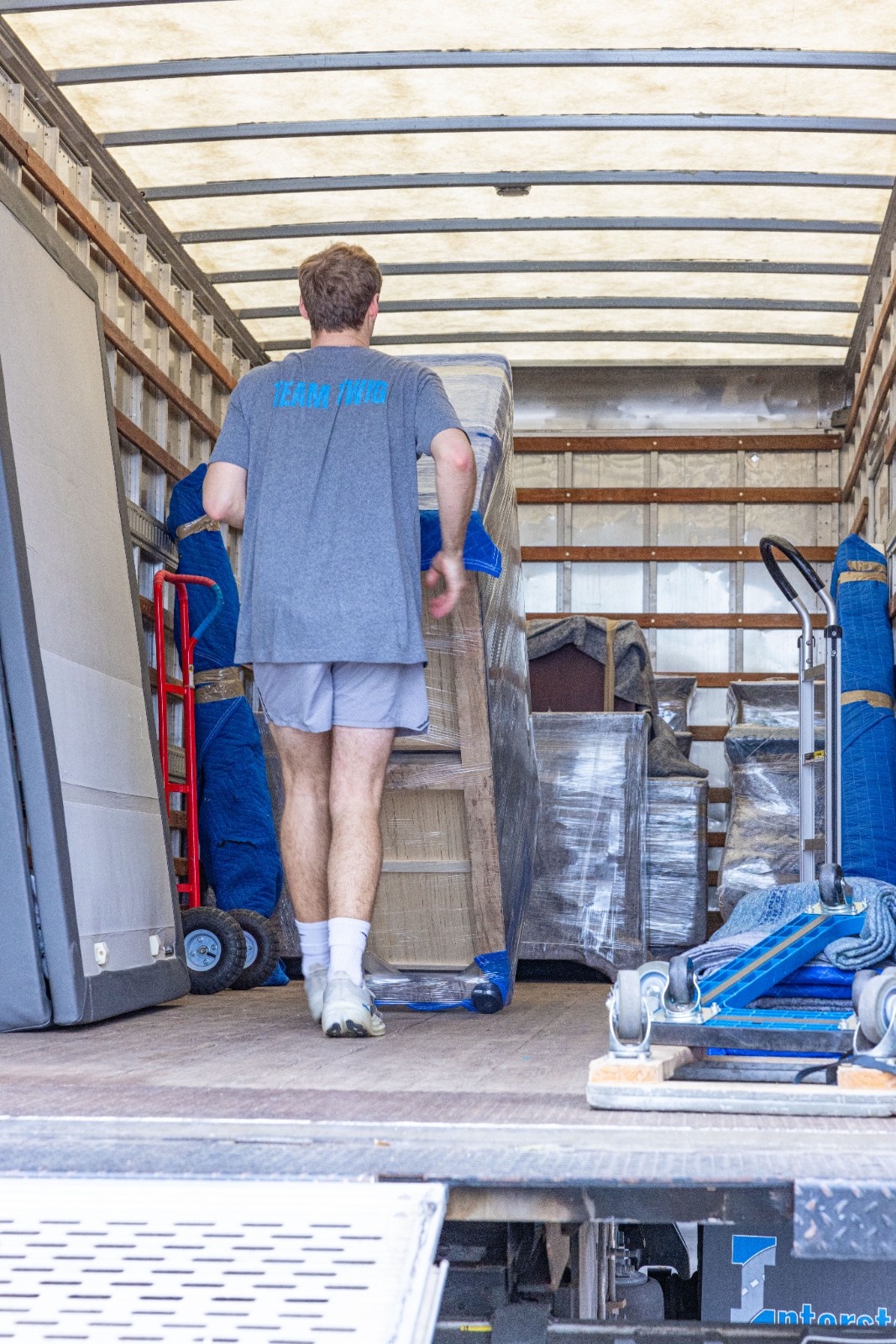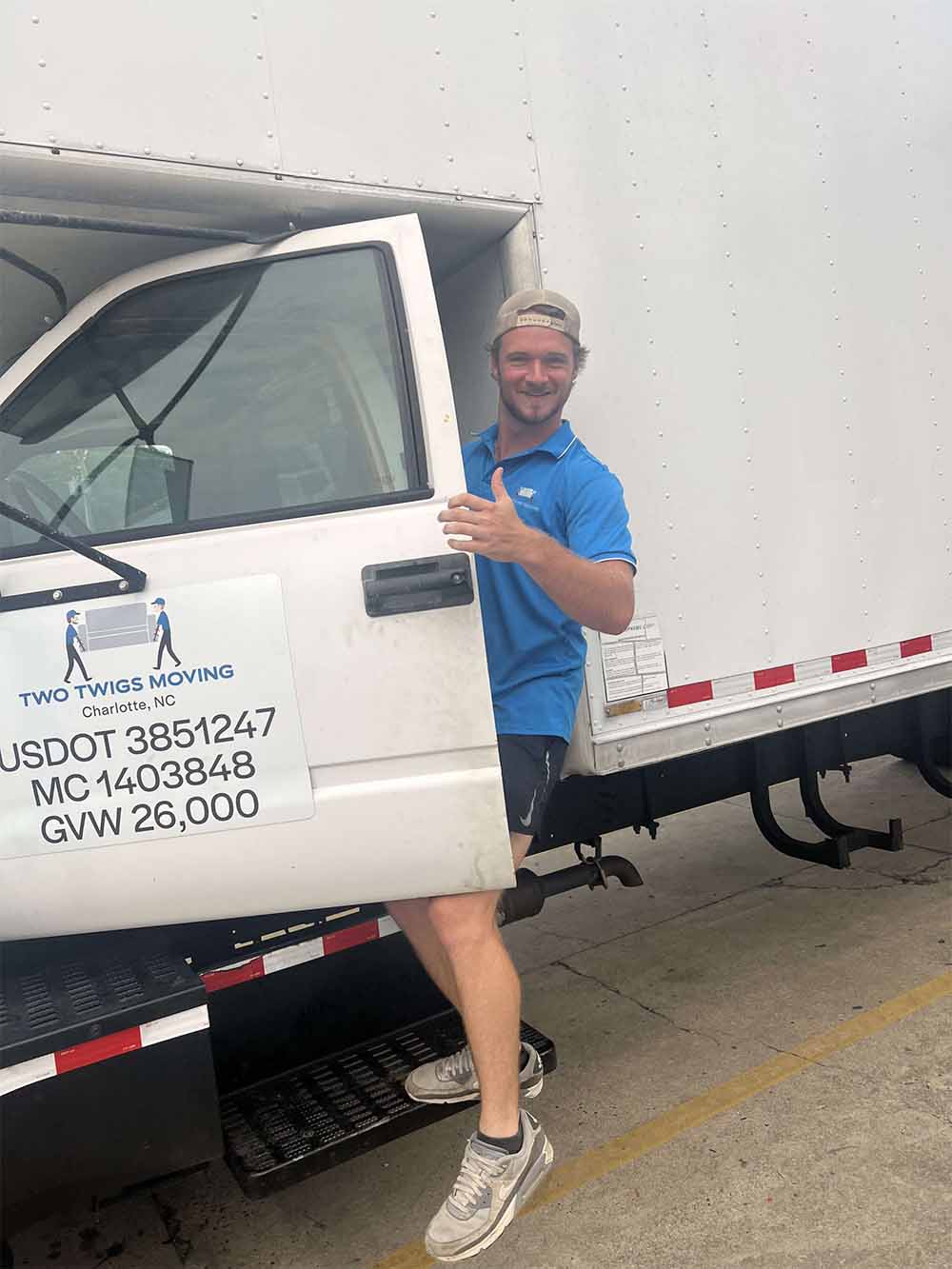Moving a piano is tough. These instruments are heavy, fragile, and expensive to repair if damaged. You have two options: hire professional movers or attempt a DIY move. Here’s the key takeaway:
- Professional Movers: Safer, faster, and includes insurance, but costs more upfront ($250–$600). Best for stairs, large pianos, or valuable instruments.
- DIY: Cheaper initially, but riskier. Requires tools, helpers, and careful planning. Hidden costs and potential damage can add up.
Quick Overview:
- Professional Movers: Bring expertise, tools, and insurance. Ideal for complex moves or valuable pianos.
- DIY: Works for small, simple moves. Requires effort, planning, and a team.
Quick Comparison
| Factor | Professional Movers | DIY Moving |
|---|---|---|
| Cost | Higher upfront ($250–$600) | Lower upfront, but hidden costs |
| Safety | Low risk (trained experts) | High risk (injuries, damage) |
| Time | Efficient | Time-consuming |
| Effort | Minimal | Significant effort |
| Insurance | Provided | Limited |
If your piano is heavy, valuable, or the move involves stairs, professionals are the smarter choice. For short, simple moves, DIY might suffice – but be prepared for the risks.
Why Piano Moving Is Difficult
Weight, Size, and Delicate Parts
Moving a piano isn’t just about strength – it’s also about precision. Upright pianos weigh anywhere from 300 to 500 pounds, while grand pianos can tip the scales at 500 to 1,200 pounds. Combine that with their bulky shape, and you’ve got a recipe for frustration when trying to navigate doorways, stairs, or narrow hallways. To make things trickier, their weight isn’t evenly distributed, which means you need the right equipment and a solid plan to avoid mishaps. Inside, things get even more delicate. Components like strings, hammers, keys, and the soundboard are highly sensitive, and even a small jolt can cause damage that’s expensive to fix.
What Can Go Wrong
Without proper care, moving a piano can lead to a long list of problems. Soundboards can crack, strings can snap, and legs or pedals can break. On top of that, there’s a serious risk of personal injury – think back strains or crushed fingers. And it’s not just the piano or the mover at risk – your home can take a hit too. Hardwood floors can get scratched, walls can be dented, and door frames can suffer damage. Weather adds another layer of complexity. Rain, snow, or extreme temperatures can harm the piano’s delicate parts. Stairs? They’re a whole other story, increasing the chance of major accidents. Even seemingly minor bumps or vibrations during transport can throw internal components out of alignment, leaving you with a hefty repair bill.
Why Hire Professional Piano Movers
Professional Tools and Training
When it comes to moving a piano, professional movers bring more than just muscle – they come equipped with the right tools and know-how. They use heavy-duty dollies made specifically for pianos, custom ramps for smooth transitions, protective padding, and lifting straps that evenly distribute weight. But it’s not just about the equipment; their training is key. They’re skilled at assessing spaces, planning safe routes, and handling tricky situations like tight corners or narrow stairwells. For example, Aubrey Hall shared her experience in January 2025, describing how Two Twigs Moving expertly navigated the tight stairwells of her four-story townhome "with skill and care, making sure nothing was damaged, either to my belongings or the house itself".
What really sets professionals apart is their understanding of a piano’s inner workings. They know how to protect delicate components like strings, hammers, and keys, ensuring no costly mistakes happen during the move. On top of that, their services are backed by comprehensive insurance – offering an extra layer of protection.
Insurance Protection
One of the biggest advantages of hiring professional piano movers is the insurance coverage they provide. Moving companies carry liability insurance, which covers potential damage during transit – a crucial safety net when dealing with a valuable instrument. Repairs for pianos can range from a few hundred dollars for minor fixes to several thousand for major issues. Replacing a piano? A basic upright starts at around $3,500, and high-quality grand pianos can exceed $10,000.
Professional movers’ insurance typically covers a range of risks, including physical damage (like scratches or dents), harm to internal components, and even environmental factors that could affect the piano’s delicate structure. This coverage not only minimizes financial risks but also offers peace of mind during what could otherwise be a stressful process.
Piano Moving Services in Charlotte, Charleston, and Greenville
This specialized care isn’t limited to long-distance moves – it’s available locally too. Two Twigs Moving, for instance, offers expert piano moving services in Charlotte, Charleston, and Greenville. Their team understands the unique challenges of moving such delicate instruments and uses equipment designed specifically for the job. What truly sets them apart is their attention to detail.
Elizabeth Olivier, a customer from February 2025, praised their approach, saying they were "the most protective of my stuff ever." She noted how they "literally shrink wrapped it all before packing it so carefully in their trucks", ensuring her heirloom furniture – which often suffered small dings during past moves – remained unscathed.
With an "Excellent" rating based on 181 verified Google reviews, Two Twigs Moving has built a reputation for care and professionalism. Customers like Brooke Sauer and Rob McCabe echo this sentiment. Brooke described the movers as "very professional, efficient and so careful with our items", while Rob highlighted, "Nothing damaged and [they] were very considerate of my items". Whether it’s a family heirloom or a prized piano, their track record shows a commitment to treating every item with exceptional care.
DIY Piano Moving: Problems and Risks
Equipment and Help You’ll Need
Moving a piano isn’t like moving an ordinary piece of furniture. It demands specialized tools and a team effort to handle its hefty weight and fragile parts. You’ll need items like specialized dollies, moving blankets, hand trucks, and lifting straps – all of which can quickly pile on costs. For more complex moves, you might also need piano-specific equipment, such as piano boards, lifting bars, or hydraulic raisers, which are typically sourced from specialized suppliers.
On top of that, you’ll need a crew – at least four to five helpers – geared up with closed-toe shoes, gloves, and back support belts to ensure safety. If you’re dealing with a grand piano, things get even trickier. You’ll likely need to disassemble parts like the legs and pedals before moving, adding another layer of complexity, time, and potential expense.
Hidden Costs and Time Required
What starts as a seemingly budget-friendly DIY project can quickly spiral into unexpected costs and delays. Renting the necessary equipment and buying protective materials like extra moving blankets, padding, and floor protection can add up fast. And that’s before you even get to the time commitment.
You’ll need to plan the route, measure every doorway and staircase, coordinate with your helpers, and figure out how to navigate tight spaces or low ceilings. These steps can take days – or even weeks – to prepare. The actual move often takes much longer than anticipated, especially if you encounter unexpected obstacles along the way.
Common Mistakes and Dangers
Without the right preparation, moving a piano yourself can lead to serious problems. One common mistake is underestimating how unevenly the weight is distributed, which can cause the piano to tip or shift unpredictably during the move. Using too few helpers increases the strain on everyone involved, making injuries more likely. Improper lifting techniques are another frequent issue, often resulting in back injuries or worse.
The piano itself isn’t safe from harm, either. Without enough padding or careful handling, you risk scratches, dents, or even structural damage. Internal components are especially delicate, meaning even a small mistake could lead to costly repairs – or worse, permanent damage to the instrument.
sbb-itb-a5538b6
Professional Movers vs DIY: Side-by-Side Comparison
Let’s break down the differences between hiring professional piano movers and taking on the task yourself. Comparing factors like cost, safety, time, and effort can help you decide which option best suits your needs.
Comparison Table
| Factor | Professional Piano Movers | DIY Moving |
|---|---|---|
| Upfront Cost | Higher initial cost, covering labor and specialized handling | Lower upfront expenses, mainly for equipment rental and supplies |
| Hidden Costs | Minimal, as most fees are included in the service | Additional costs for equipment, protective materials, or potential repairs |
| Safety Risk | Very low due to professional training and careful handling | Higher risk of personal injury and damage to the piano |
| Time Investment | Quick and efficient, as professionals handle most of the work | Time-consuming, requiring extensive planning and execution |
| Physical Effort | No physical effort required on your part | Significant effort needed, often requiring help from others |
| Insurance Coverage | Includes liability and damage protection | Limited, often relying on personal insurance policies |
| Equipment Provided | All necessary tools and protective materials are included | You need to source or rent equipment yourself |
| Expertise Level | Managed by trained professionals with experience | Relies on non-expert efforts, increasing the chance of mistakes |
| Stress Level | Low, as professionals handle logistics and execution | High, as you must manage every detail and heavy lifting |
| Success Rate | High, with minimal risk of damage or injury | Varies and depends on skill and preparation |
The table highlights the key differences between the two options. While the DIY approach might seem more affordable at first glance, the hidden costs, physical demands, and potential risks can quickly add up. Professional piano movers, on the other hand, bring the experience and tools needed to handle your instrument with care. Their expertise in navigating tight spaces, distributing weight properly, and using the right lifting techniques ensures your piano arrives safely at its destination.
Another major advantage of hiring professionals is the convenience. Instead of stressing over every detail, you can focus on other aspects of your move while experts handle the heavy lifting. For example, companies like Two Twigs Moving, serving areas such as Charlotte, Charleston, and Greenville, provide tailored services that include specialized equipment and a skilled team. This level of service adds peace of mind and ensures a smooth process.
Professional movers also save you time. Their efficiency means the job gets done faster, reducing the overall stress of moving and giving you more time to settle into your new home.
How to Decide Between Professional and DIY Moving
Choosing between hiring professional piano movers or tackling the move yourself depends on a variety of factors unique to your situation. Making the right decision can save money, protect your piano, and help you avoid unnecessary risks.
When DIY Might Be a Good Option
Moving a piano yourself can work under certain conditions. For example, small upright pianos are generally the easiest to handle on your own, especially for short and simple moves.
If you’re only moving the piano within the same property – like from one room to another – or over a very short distance, DIY might be the way to go. These scenarios eliminate the need to load and unload the piano from a truck, which is often the riskiest part of the process.
The layout of your space is another key factor. DIY moves are much more feasible if there are no stairs, tight corners, or narrow doorways involved. A straight, unobstructed path with wide doorways makes the job far less complicated for those without professional experience.
You’ll also need a reliable team. Ideally, you should have 3–5 strong and experienced helpers to assist with the move. Attempting a piano move with just one or two people is not only difficult but also increases the risk of injury.
Access to the right tools is essential. You’ll need specialized equipment like a piano board, moving straps, heavy-duty dollies, and a suitable truck. Without these, even a simple move can quickly become hazardous.
DIY moving is also a good fit if flexibility is your top priority. You can work at your own pace without worrying about coordinating with professional movers. However, this comes with trade-offs, including added effort and responsibility.
That said, DIY piano moving carries serious risks. You could damage the piano, harm your property, or even injure yourself. Keep in mind that homeowner’s insurance often doesn’t cover damages from DIY moving attempts. If you can’t meet the conditions for a safe DIY move, it’s better to avoid the risk altogether.
When Professional Movers Are the Better Choice
If your situation doesn’t fit the DIY criteria, hiring professional movers is the safer and smarter option. For example, stairs immediately make a move more complex, as navigating them with a piano requires advanced skills and equipment that most people don’t have.
Grand pianos are a clear case for professional movers. Their size, weight, and intricate internal components make them extremely challenging to move without expertise.
For long-distance moves or situations that involve loading the piano onto a truck, professional movers are highly recommended. Securing a piano for transport and managing the physical demands of loading and unloading are tasks best left to trained teams.
If you don’t have access to specialized equipment or enough capable helpers, professionals are the way to go. Renting tools and coordinating a team can quickly become more expensive and time-consuming than expected, and you’ll still lack the expertise professionals bring.
Tight deadlines are another reason to hire movers. Professionals can complete the job much faster than a DIY effort, which often drags on longer than anticipated.
Hiring professionals also reduces stress and risk. Companies like Two Twigs Moving, which operates in Charlotte, Charleston, and Greenville, come prepared with the right tools, trained staff, and insurance coverage to handle the job safely and efficiently.
Finally, if your piano has high monetary or sentimental value, professional movers offer peace of mind. The cost of their services is often far less than the price of repairs – or the heartbreak of losing a cherished instrument.
Don’t forget to consider your physical abilities and experience. If you or your helpers have limited strength, back issues, or no experience moving heavy items, professional movers are the safer and more practical choice.
Making the Right Choice for Your Piano Move
When deciding how to move your piano, it’s important to weigh the costs, risks, and convenience – focusing solely on price can be misleading. Hiring professional piano movers typically costs between $250 and $600. While this might seem like a significant expense, it often pales in comparison to the potential costs of repairing damage from a DIY move. Add in equipment rental, truck rental, and your time, and a DIY move could end up costing much more if something goes wrong.
The risks involved in moving a piano can’t be overstated. Pianos come in all shapes and sizes, from compact spinets to massive concert grands, and their unique shapes and off-center weight distribution make them particularly tricky to handle. Attempting to move one yourself poses risks of personal injury, property damage, and harm to the piano itself. Professional movers, on the other hand, bring the right tools, training, and insurance to minimize these risks.
Another advantage of hiring professionals is their ability to handle logistics. They’re experienced in navigating tight spaces, like narrow doorways and staircases, and can complete the move efficiently – especially valuable if you’re on a tight schedule. For busy homeowners, this level of expertise and convenience can be a game-changer.
The type and value of your piano should also influence your decision. If you own a high-value instrument, even a small mistake during a DIY move could lead to costly repairs, far exceeding the price of hiring professionals. Additionally, moving a piano safely requires multiple strong, experienced helpers and the right techniques. Without the proper fitness, know-how, and equipment, a DIY move becomes a risky gamble.
Local professional movers often specialize in transporting delicate instruments like pianos. Their expertise ensures that your piano is moved securely and efficiently – something that’s hard to achieve with a DIY approach.
Ultimately, moving a piano is rarely a task suited for amateurs. The combination of its heavy weight, fragile internal components, and the potential for serious injury makes professional movers the smart choice in most cases. While doing it yourself might seem like a way to save money, the hidden risks and potential consequences often make hiring professionals a far better investment.
FAQs
What unexpected costs can make DIY piano moving more expensive than hiring professionals?
DIY piano moving might seem like a budget-friendly choice at first glance, but the hidden costs can quickly pile up. Renting specialized equipment like dollies, straps, and padding is often necessary, and purchasing protective materials to safeguard your piano can push expenses beyond what you initially expected.
Beyond the financial aspect, there’s the risk of damage to your piano or property. Piano repairs can be outrageously expensive – sometimes even more than the cost of hiring professional movers in the first place. On top of that, you might find yourself needing extra hands or more time than anticipated, which can lead to additional, unplanned labor costs.
Professional movers, on the other hand, come equipped with the right tools, expertise, and techniques to move your piano safely and efficiently. In many cases, hiring pros can save you both money and the stress of managing such a delicate and challenging task.
How do professional piano movers safely handle pianos, especially in tight spaces or on stairs?
When it comes to moving a piano, professional movers bring both expertise and the right tools to handle the job safely, even in tricky situations like navigating stairs or tight corners. They carefully measure doorways, hallways, and staircases in advance to map out the smoothest path, avoiding any last-minute challenges. Using sturdy straps, padded covers, and dollies, they protect the piano from scratches or dents while also safeguarding your floors and walls.
Their skill in lifting and maneuvering reduces the chance of internal damage to the piano and helps prevent injuries during the process. By hiring professionals, you can trust that your piano will be treated with care and arrive at its new home in perfect condition, no matter the challenges along the way.
What tools and equipment do you need for a safe and successful DIY piano move, and where can you get them?
To pull off a safe and smooth DIY piano move, you’ll need some key tools. Start with a heavy-duty piano dolly if you’re moving an upright piano, or a piano board (also called a skid board) for grand pianos. Moving straps will help keep the piano steady, and moving blankets or pads are a must to shield it from scratches or dents. Don’t forget gloves for a better grip, ramps for easier loading, and floor protection mats to guard your home against damage.
You can find these tools at hardware stores, moving supply shops, or retailers specializing in equipment. If you’re only using them for this move, renting these items can be a smart and budget-friendly choice.


.svg)


